When it comes to crime films, the use of colour can be more than just a visual treat; it can be a storytelling device that adds depth, mood, and symbolism to the narrative. This curated list of 10 crime films with colour accents showcases how directors have masterfully used hues to enhance the plot, character development, and overall atmosphere. From the neon-lit streets of 'Drive' to the stark contrasts in 'Sin City', these films are not only thrilling but visually captivating, making them a must-watch for any cinephile looking for a blend of crime and art.
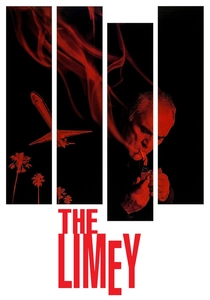
The Limey (1999)
Description: The film's use of yellow and blue filters not only sets the mood but also reflects the protagonist's journey from London to Los Angeles, creating a visual narrative.
Fact: The film's title refers to the British slang term for someone from England, which is central to the character's identity.
 Watch Now
Watch Now
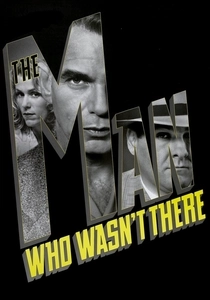
The Man Who Wasn't There (2001)
Description: The Coen Brothers' film uses black-and-white cinematography with occasional splashes of colour to underscore the protagonist's detachment from reality.
Fact: The film was shot in black-and-white to evoke the feel of film noir, with colour used sparingly for dramatic effect.
 Watch Now
Watch Now
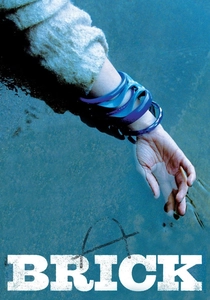
Brick (2005)
Description: The film's use of muted colours and stark contrasts mirrors the noir style, with colour accents highlighting key moments in the high school crime drama.
Fact: The film was shot in just 20 days, with a budget of only $450,
 Watch Now
Watch Now

Sin City (2005)
Description: With its stark black-and-white visuals punctuated by splashes of colour, 'Sin City' uses colour to highlight key elements, like blood or a woman's eyes, to tell its gritty tales.
Fact: The film was shot almost entirely on a green screen, allowing for the precise control of colour and light.
 Watch Now
Watch Now
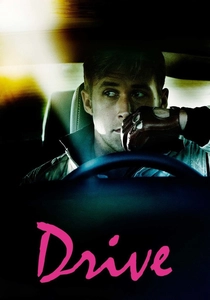
Drive (2011)
Description: The film's use of neon pink and blue lighting not only sets the mood but also symbolizes the duality of the protagonist's life, making it a standout in this collection.
Fact: The film's director, Nicolas Winding Refn, was inspired by the aesthetics of 1980s Hong Kong cinema, particularly John Woo's films.
 Watch Now
Watch Now
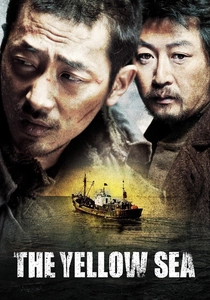
The Yellow Sea (2010)
Description: The film's use of yellow tones reflects the protagonist's journey from China to South Korea, symbolizing his descent into crime and desperation.
Fact: The film's director, Na Hong-jin, is known for his intense, gritty crime thrillers with a strong visual style.
 Watch Now
Watch Now

The Neon Demon (2016)
Description: The film's use of neon lighting and vibrant colours reflects the superficiality and danger of the fashion world, making it a visual feast.
Fact: The film was shot in Los Angeles, with many scenes taking place in actual fashion industry locations.
 Watch Now
Watch Now
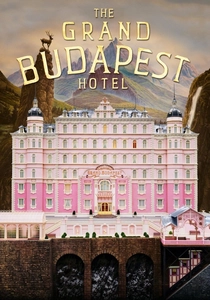
The Grand Budapest Hotel (2014)
Description: While not strictly a crime film, its vibrant use of colour, particularly pink, adds a whimsical touch to the heist and caper elements of the story.
Fact: The film's director, Wes Anderson, used a specific shade of pink, known as "Grand Budapest Pink," which became iconic.
 Watch Now
Watch Now

The Cook, the Thief, His Wife & Her Lover (1989)
Description: The film's use of red, particularly in the restaurant scenes, symbolizes passion, violence, and the protagonist's transformation.
Fact: The film was banned in several countries due to its explicit content and themes.
 30 Days Free
30 Days Free
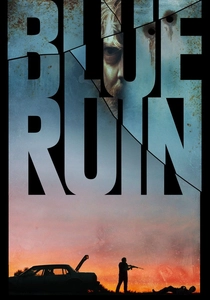
Blue Ruin (2013)
Description: The film's use of blue tones not only sets the mood but also symbolizes the protagonist's cold, calculated revenge.
Fact: The film was made with a very small crew, and many of the actors were non-professionals.
 30 Days Free
30 Days Free









